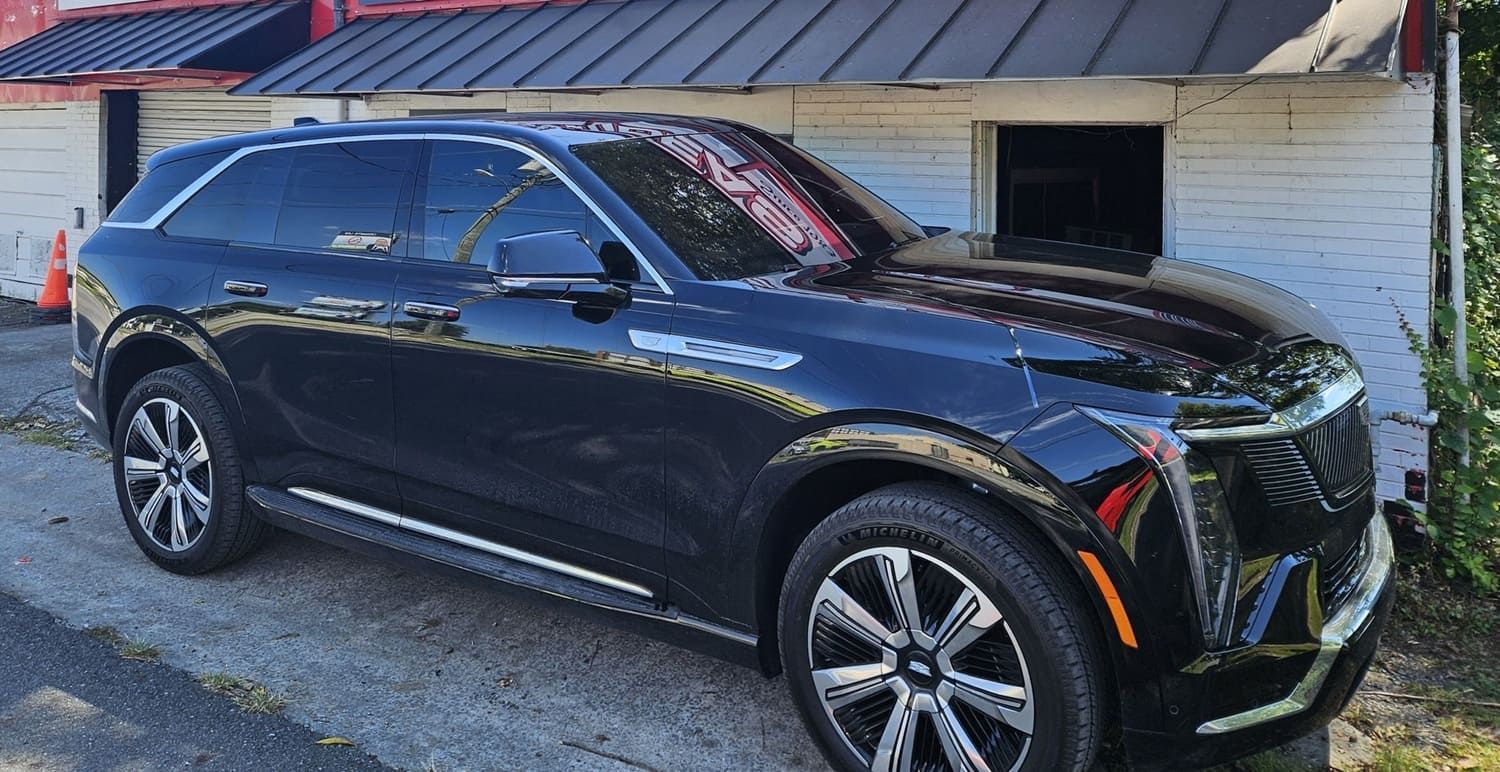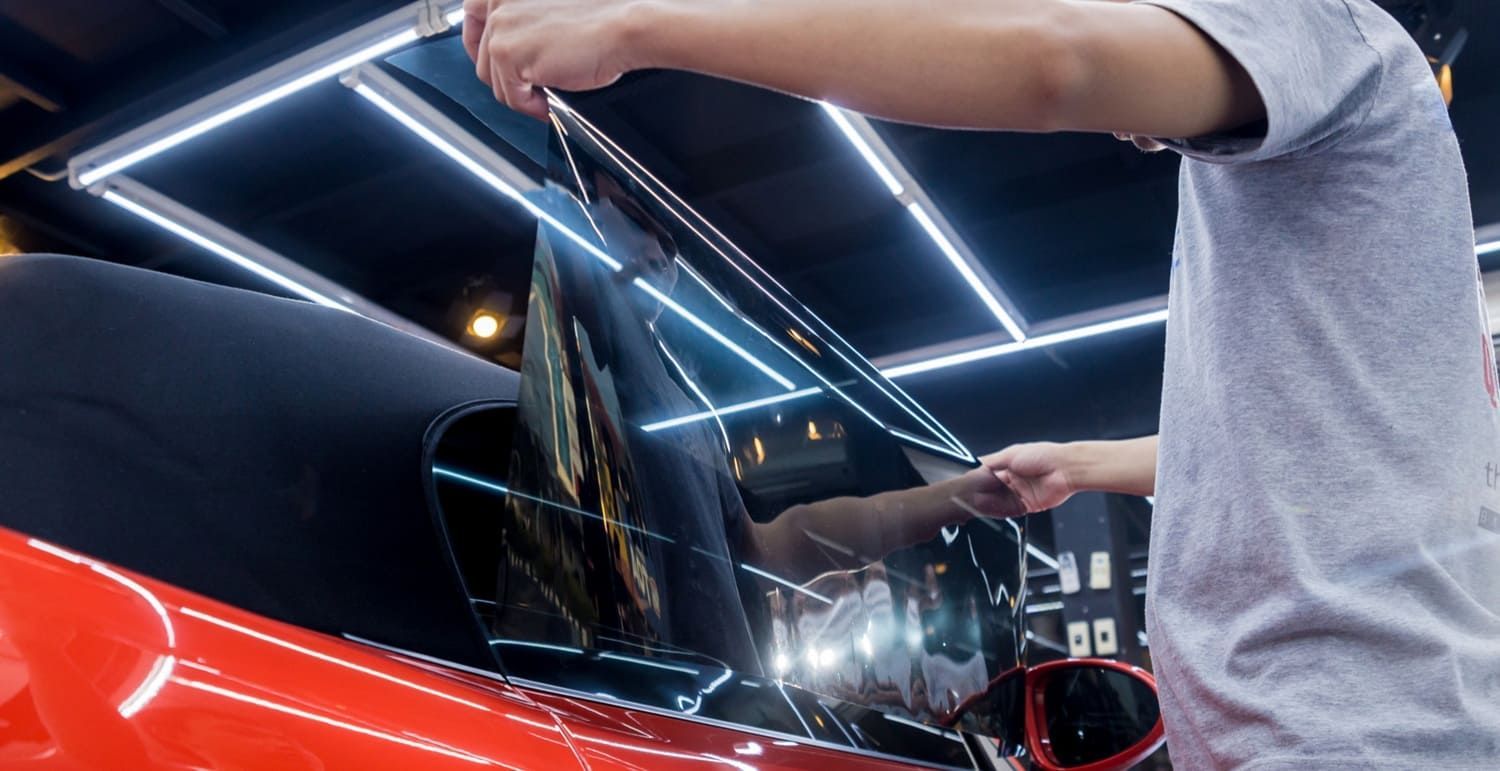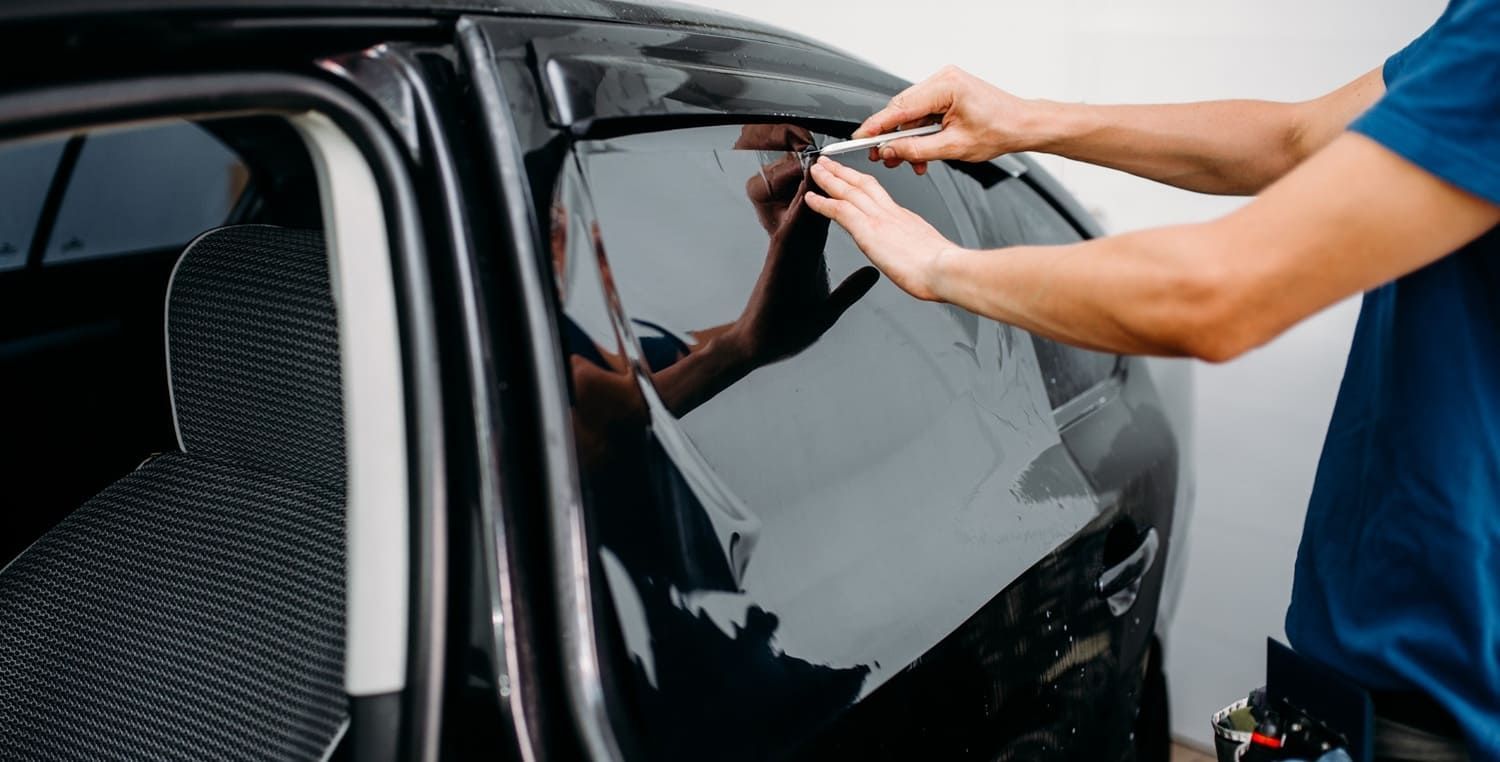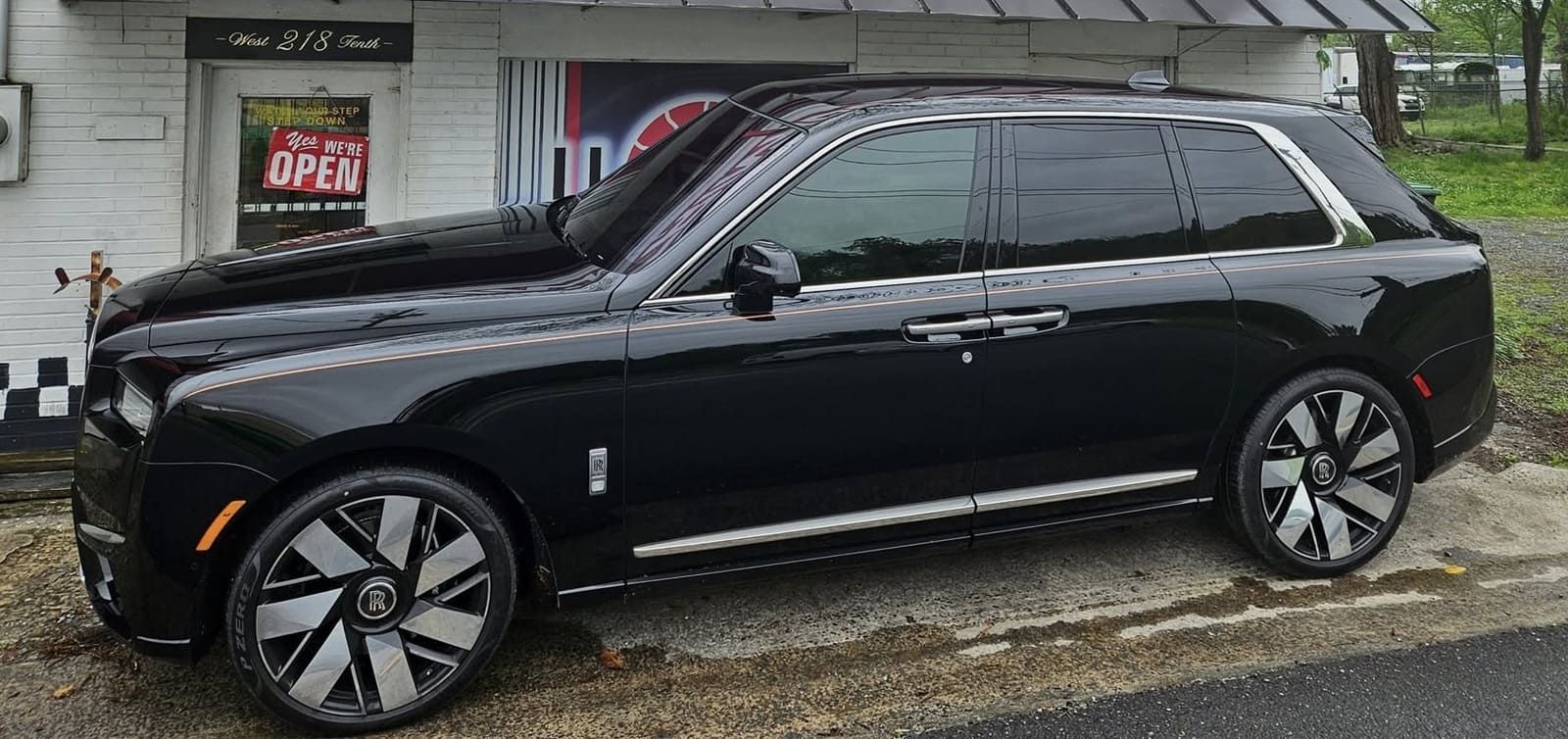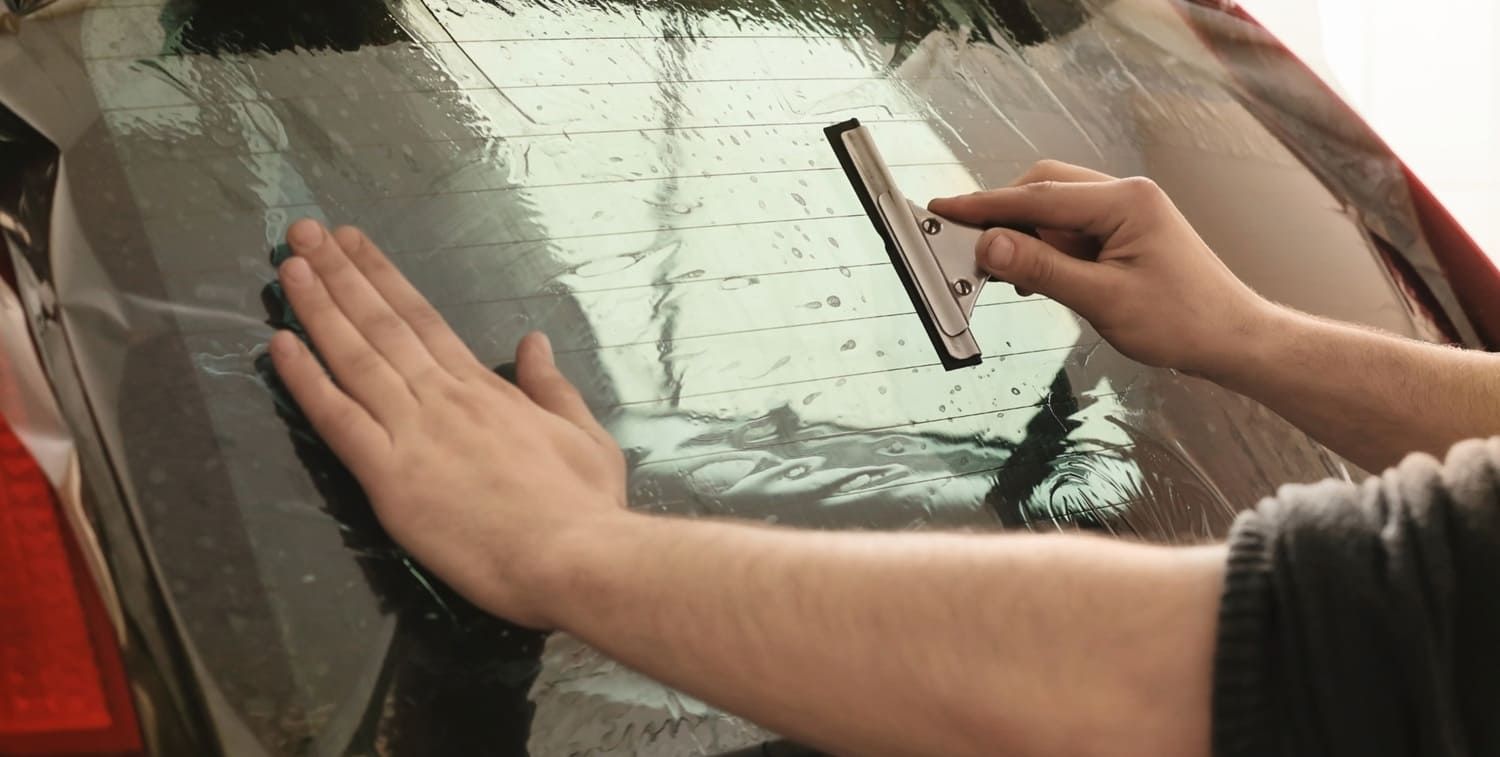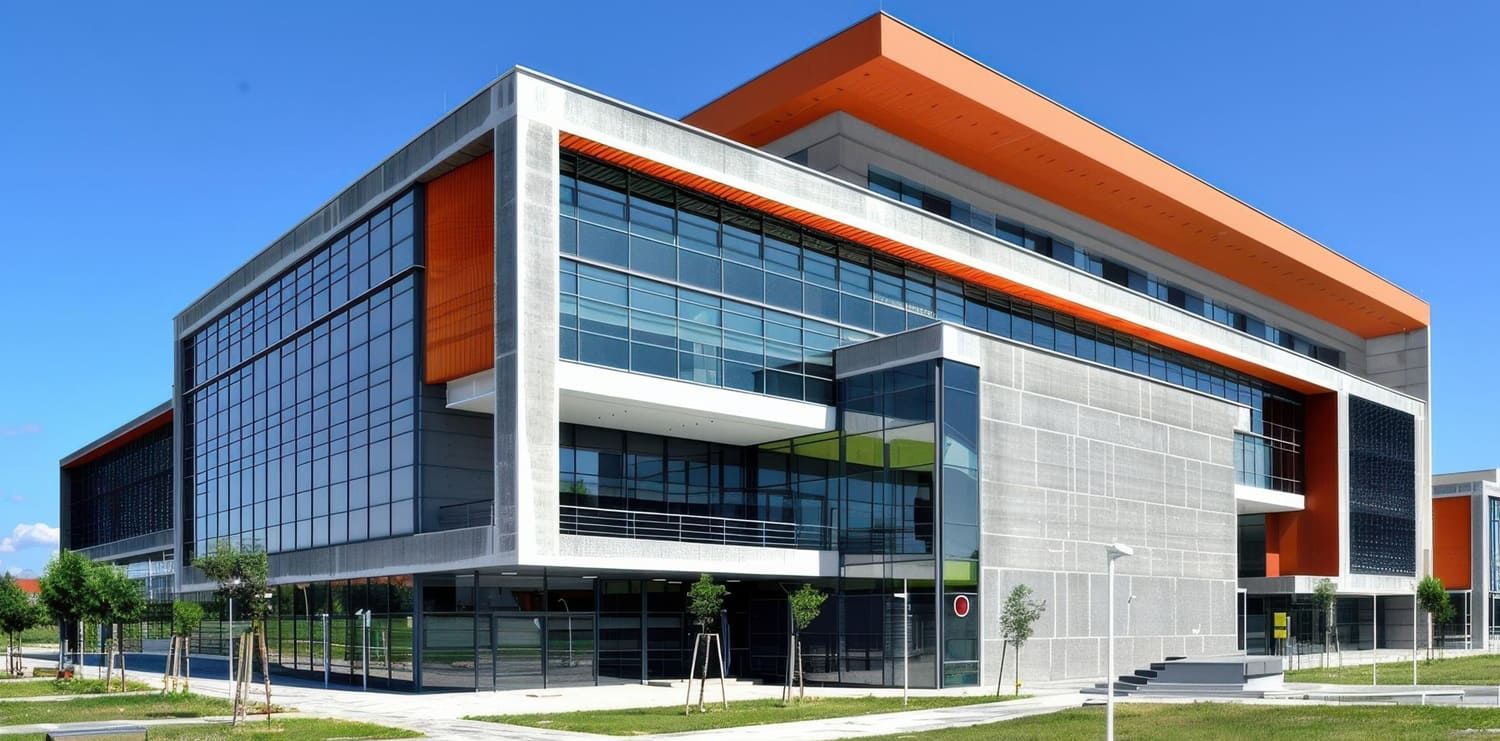Is It True That Window Tinting Saves Fuel?
Window tinting is more than just a style choice for your car. It offers practical benefits that can lead to significant savings. One of the most compelling advantages is its potential to reduce fuel costs.
By blocking heat from the sun, window tinting can decrease the need for air conditioning. This reduction in AC usage can lead to lower fuel consumption.
But how much can you really save? The answer depends on several factors, including the type of tint and your driving habits.
Beyond fuel savings, window tinting provides other benefits. It protects your car's interior from UV damage and enhances privacy.
Understanding these benefits can help you decide if window tinting is a worthwhile investment. Let's explore how window tinting can contribute to fuel savings and more.
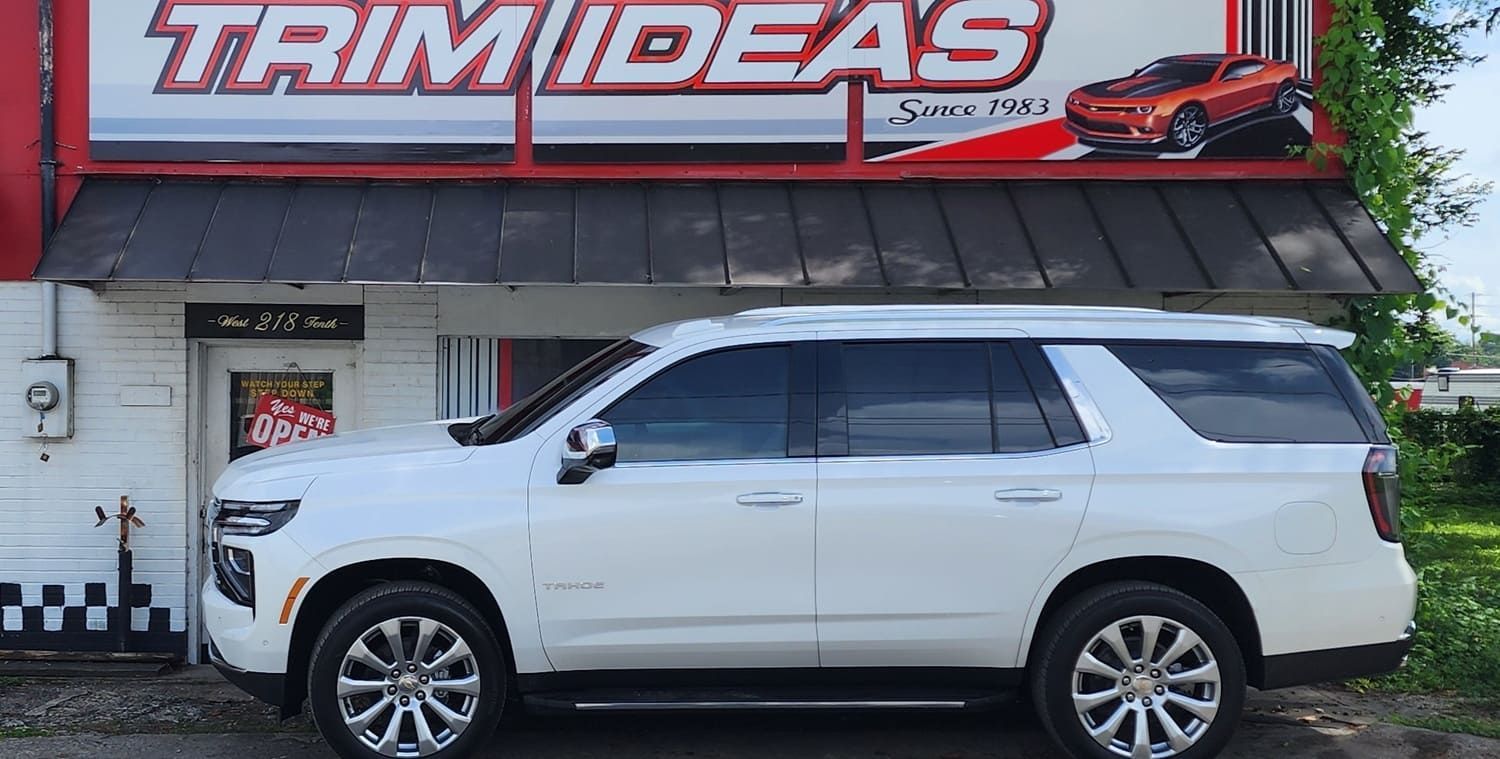
How Window Tinting Works: The Science Behind the Benefits
Window tinting operates on the principle of solar energy rejection. It involves a thin film that is applied to the inside surface of car windows. This film is designed to block certain wavelengths of sunlight, including a significant portion of UV rays and infrared light.
Key Functions of Window Tinting:
- Blocks UV rays
- Reflects solar heat
- Reduces glare
By blocking solar heat, window tinting prevents the car's interior from heating up excessively. This results in a cooler cabin, reducing the need to rely on air conditioning. With less frequent use of AC, you naturally consume less fuel, leading to cost savings.
The UV protection offered by window tinting not only shields the interior of the car but also offers health benefits to passengers by protecting them from harmful rays. This clever technology blends safety, comfort, and efficiency, providing multiple benefits in one simple application.
The Link Between Window Tinting and Fuel Cost Reduction
Window tinting contributes to fuel cost reduction by decreasing the vehicle's reliance on the air conditioning system. When the interior of a car remains cooler, there's less need to crank up the AC, which is known to increase fuel consumption.
The more the AC works, the harder the engine must work, resulting in more fuel usage. By reducing the load on the AC, window tinting aids in lowering fuel expenses. This is especially beneficial during hot summer months when AC use is typically highest.
Effects of Reduced AC Usage:
- Lower engine load
- Improved fuel efficiency
- Decreased operational costs
The cumulative savings in fuel costs over time can be significant, making window tinting an investment rather than an expense. Vehicle owners often notice a reduction in their fuel bills shortly after applying window tint. For both eco-conscious drivers and budget-focused car owners, the financial benefits of window tinting in reducing fuel costs are clear. Moreover, this reduction in fuel consumption translates to reduced carbon emissions, contributing positively to environmental sustainability.
How Much Fuel Can You Really Save?
The exact amount of fuel you can save with window tinting varies and depends on several factors. Each vehicle's fuel savings can differ based on the type of tint used, the climate, and the driving habits of the owner.
Studies suggest that fuel savings can range from a modest to a notable percentage. While a small reduction might not seem significant daily, over time, it accumulates to a considerable saving.
Factors Influencing Fuel Savings:
- Climate and temperature
- Type of window tint used
- Frequency and duration of AC use
In hotter climates, where the air conditioner is essential for most of the year, window tinting can pay off more quickly. Meanwhile, even in milder areas, the long-term savings are still worthwhile. Ultimately, the benefits make window tinting a practical and savvy decision for those looking to cut fuel expenses. It's a simple addition that offers both financial savings and enhanced vehicle comfort.
Additional Window Tint Benefits Beyond Fuel Savings
Window tinting offers more than just potential fuel savings. It's a solution that extends beyond enhancing vehicle efficiency.
First, window tinting provides excellent UV protection. It can block up to 99% of harmful UV rays, safeguarding passengers and the car's interior from damage.
Improved privacy is another key advantage. Tinting makes it harder for outsiders to see inside your vehicle, adding a layer of security against potential thefts.
Additional Benefits:
- Reduces glare and improves driving safety
- Enhances aesthetic appeal and potential resale value
- Contributes to a cooler, more comfortable interior
Furthermore, window tinting aids in maintaining the condition of interior electronics, reducing heat exposure to devices. It's also a great way to extend the life of your car's battery by minimizing strain from constant air conditioner use. Indeed, the multifaceted advantages of window tinting make it a compelling choice for vehicle owners seeking more than just fuel savings.
Types of Window Tint and Their Effectiveness
Different types of window tint offer various levels of effectiveness. Choosing the right one can maximize benefits like heat reduction and UV protection.
Dyed window tint is the most cost-effective option. It effectively blocks some sunlight but offers less heat reduction compared to other types.
Metalized tint is another choice, reflecting heat away with microscopic metallic particles. This type also adds strength to window glass, making it more durable.
Types of Window Tint:
- Dyed Window Tint
- Metalized Window Tint
- Hybrid Tint
- Ceramic Tint
Hybrid tints combine dyed and metalized properties, balancing cost with performance. They provide good heat reduction with minimal interference.
Ceramic tint is the top-tier option. It's non-metallic and highly effective at reducing heat while maintaining clear connectivity for electronic devices. Its premium nature, however, makes it the most expensive choice. Each tint type has unique benefits, so understanding them helps in making an informed decision. Selecting the right tint is crucial for achieving desired results in comfort and efficiency.
Factors That Influence Window Tinting Fuel Savings
Several factors impact how much fuel savings can be achieved through window tinting. One crucial aspect is the climate you live in. Hotter regions benefit more as tints reduce air conditioning demand significantly.
Driving habits also play a role. Longer trips in sunny conditions maximize the effect of a tinted car reducing the internal temperature more frequently.
Key Factors Influencing Savings:
- Local Climate
- Driving Frequency and Duration
- Vehicle Type
- Tint Quality and Type
The type of vehicle and the quality of tint installed can further influence savings. High-quality films often provide better heat rejection. By considering these factors, car owners can optimize the fuel-saving benefits of window tinting, making it a strategic part of their fuel efficiency plan.
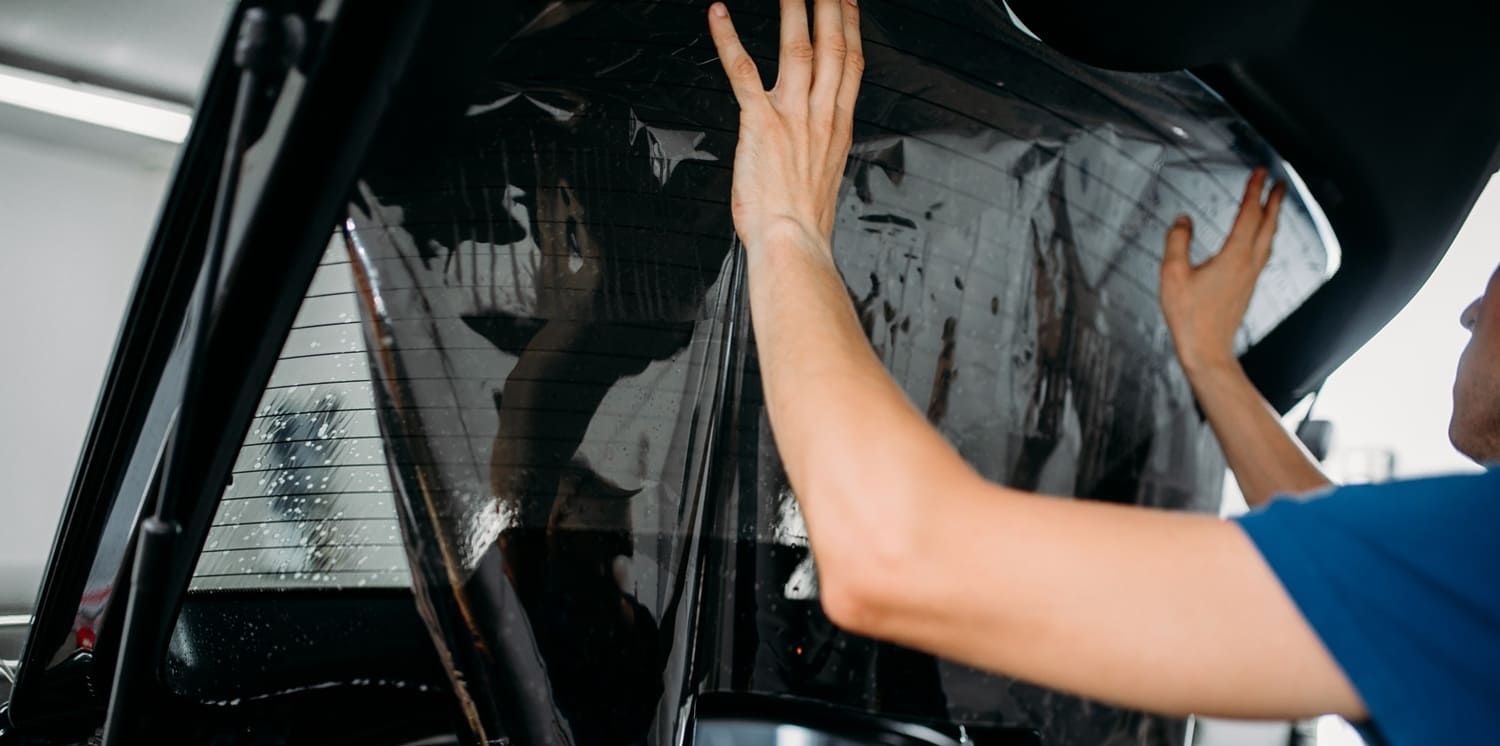
Real-World Examples and Case Studies
Understanding how window tinting leads to fuel savings can be better grasped through real-world examples and case studies. Various studies and consumer reports have analyzed the impact of window tinting on fuel consumption.
For instance, a study conducted in a hot climate area showed significant reductions in air conditioner use. Vehicles with tinted windows utilized air conditioning far less, cutting fuel consumption by a noticeable percentage.
In another case, a fleet of commercial vehicles in an arid region installed high-performance window tints. This led to reduced operational costs thanks to decreased fuel usage and improved driver comfort.
Notable Findings from Case Studies:
- Reduced air conditioning use in hot climates
- Greater savings in commercial vehicle fleets
- Enhanced comfort and efficiency in daily commutes
These examples underline the practical benefits of window tinting. They provide car owners and fleet managers with compelling reasons to consider this energy-efficient upgrade.
Cost vs. Savings: Is Window Tinting Worth the Investment?
Investing in window tinting involves an upfront cost that may vary based on several factors. These factors include the type of film and the size of the vehicle. However, the potential long-term savings can make this investment worthwhile.
Initial expenses might seem steep, but the benefits often outweigh these costs over time. Fuel savings, reduced maintenance, and increased comfort can contribute to recouping the initial outlay.
Cost and Savings Breakdown:
- Initial Cost: Varies by film type and vehicle size
- Long-term Savings: Reduced fuel and maintenance costs
- Value Addition: Potentially increases vehicle resale value
When considering both immediate and future benefits, window tinting emerges as a smart financial decision. It not only cuts fuel costs but also enhances vehicle aesthetics and efficiency.
Legal Considerations and Professional Installation Tips
When considering window tinting, it's crucial to be aware of local regulations. Laws vary by region, dictating how dark tints can be. Checking these rules ensures compliance and avoids fines.
Professional installation offers multiple benefits, enhancing the performance and longevity of the tint. Experts ensure precise application, reducing the risk of bubbling or peeling over time.
Key Tips for Installation:
- Verify local tinting laws before application
- Opt for professional installation for optimal results
- Select a reputable installer with good reviews
By adhering to legal guidelines and choosing professional services, you ensure both compliance and quality.
Frequently Asked Questions About Window Tinting and Fuel Efficiency
Many people wonder if window tinting truly impacts fuel efficiency. The answer is yes, though results can vary. Factors like climate and driving habits play a significant role.
To clarify common queries, here are some key points:
Can window tinting really help save fuel?
Yes. By reducing the heat inside your car, window tinting eases the load on your air conditioning system. When your AC works less, your engine consumes less fuel, which can lead to modest but measurable fuel savings—especially during hot months.
How does heat reduction from tinting affect fuel economy?
High-quality window tints block up to 60% of solar heat, keeping your cabin cooler. This means you rely less on the AC, which in turn reduces engine drag and fuel consumption, particularly in stop-and-go traffic.
Are all types of tint equally effective at saving fuel?
No. Ceramic and carbon tints offer superior heat rejection compared to dyed or metallic films. If you're tinting with fuel efficiency in mind, opt for high-performance tints designed to block infrared rays.
Is the fuel savings from tinting noticeable over time?
While the savings might seem small daily, they add up over time, especially for drivers in hot climates or those who spend a lot of time in traffic. Lower AC usage can mean long-term fuel efficiency gains and less wear on the AC unit.
Does window tinting help electric or hybrid vehicles save energy?
Absolutely. Tinted windows reduce cabin heat, minimizing the draw on battery-powered AC systems in EVs and hybrids, which can improve overall energy efficiency and extend driving range.
Can I expect better fuel economy with legal tint percentages?
Yes. Even within legal VLT limits, modern tint films can significantly cut heat and UV rays. You don’t need a dark shade to experience efficiency benefits—advanced clear or light tints can still reduce thermal load.
Where can I get tinting that boosts both comfort and efficiency?
Call Trim Ideas at (706) 290-3401 to speak with a tinting expert. We offer high-performance window films that not only protect against UV and heat but also help you save fuel and drive more efficiently.
These answers highlight the potential benefits of window tinting for saving fuel.
Conclusion: Should You Tint Your Windows for Fuel Savings?
Window tinting offers multiple benefits, including significant fuel savings. It's a worthwhile investment for those seeking reduced fuel costs and increased comfort. By carefully considering your climate and vehicle type, you can maximize the energy-efficiency benefits. Ultimately, window tinting is a sound choice for eco-conscious individuals aiming to lower their carbon footprint and improve their driving experience. For professional service and a free estimate, trust Trim Ideas, premier window tinting installers serving Rome, GA.


